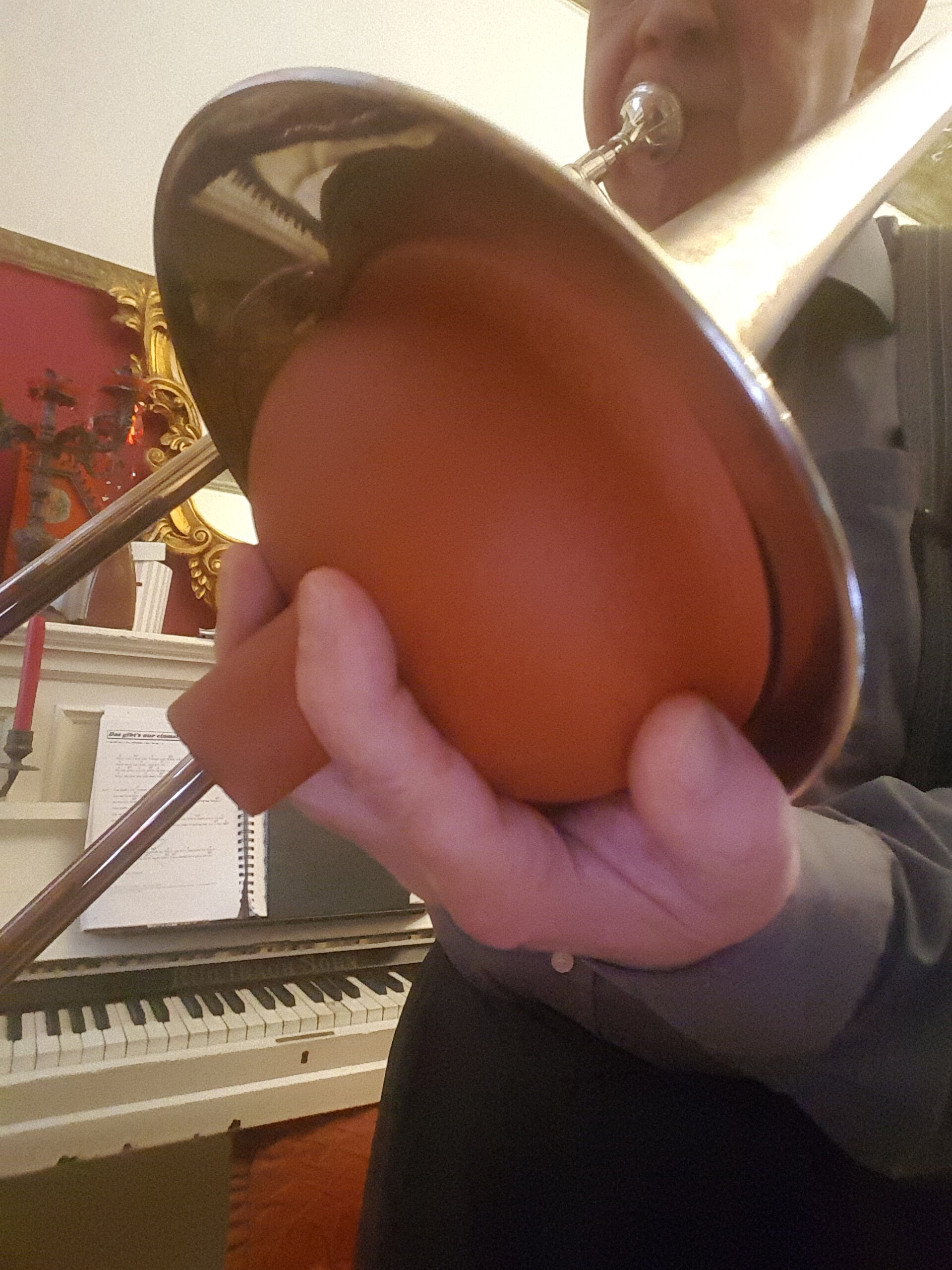Background
To fully understand this effect, it helps to know where it comes from.
In the 1920s, Duke Ellington and his big band were the resident outfit at New York’s most famous jazz venue, the Cotton Club. This stable job allowed him to experiment to his heart’s content. His approach to big band music differed substantially from what other big band leader were doing in those days. While they focused on a homogeneous sound of all sections, Ellington leveraged the individual strengths of his musicians, allowing them to contribute their respective specificities and styles. The sound created by Ellington was known by the name of “Djungle style”—and the rest is jazz history. The Cotton Club presented the predominantly white audience with an impression of Afro-Americans that made them look like slightly “wild animals.”. While nobody would get away with this today, it was rather common in the 1920s.
Tip: watch the movie “Cotton Club” starring Richard Gere. It is a must-see in its own right, and the leading actor even went so far as to study the cornet for this movie.
The Sound
While listening to “Tricky Sam”, you will be under the impression that he literally “talks” through his trombone. Each note he plays sounds like “yayayaaaa.” Another thing you will notice is a coarse sound similar to what certain trumpet players occasionally produce. You will quickly come to the conclusion that this requires a tool called a wah-wah damper or “plunger.”
Tip: a plunger purchased at a DIY store is a viable alternative.
Do not hold your trombone in the usual way—use your left hand to hold the damper and rest the instrument’s bell on your thumb’s ball. This allows you to secure your trombone even while slightly moving your hand. (Illustrations 1 and 2) This should allow you to create the sound named after the contraption used to produce it.
Now play a long note and allow your tongue to flutter by pressing it against the area behind your upper incisors. This creates frequent interruptions of the note and sounds suitably coarse.
Now add the damper and combine the two: play a fluttering sound while opening and closing the bell with the damper. This may require some practice to avoid that the tongue movements change the note’s pitch.
Tip: to produce an even more authentic sound, consider adding a so-called “Pixie Mute”.
As far as I know, this damper is only available from “Humes & Berg.” Though similar to a straight mute, it is so small that it fits into your trombone’s bell.
The resulting sound may be familiar from a number of trombone players. People like Al Grey, Tricky Sam Nanton or Dickie Wells, etc. The latter recorded an album called “Chatter Jazz” with trumpet player Rex Stewart. It has become famous for the almost conversation-like exchanges between the two musicians (hence the album title).
Additional Playing Technique
Tricky Sam used another effect you may have stumbled upon. This is called “multiphonic.” It allowed him to produce that famous “yayaaa” sound. It is the result of singing and playing at the same time—which requires some practice. I’ll show you how it works in my next pro tip.In the meantime, enjoy “talking through” you trombone!




